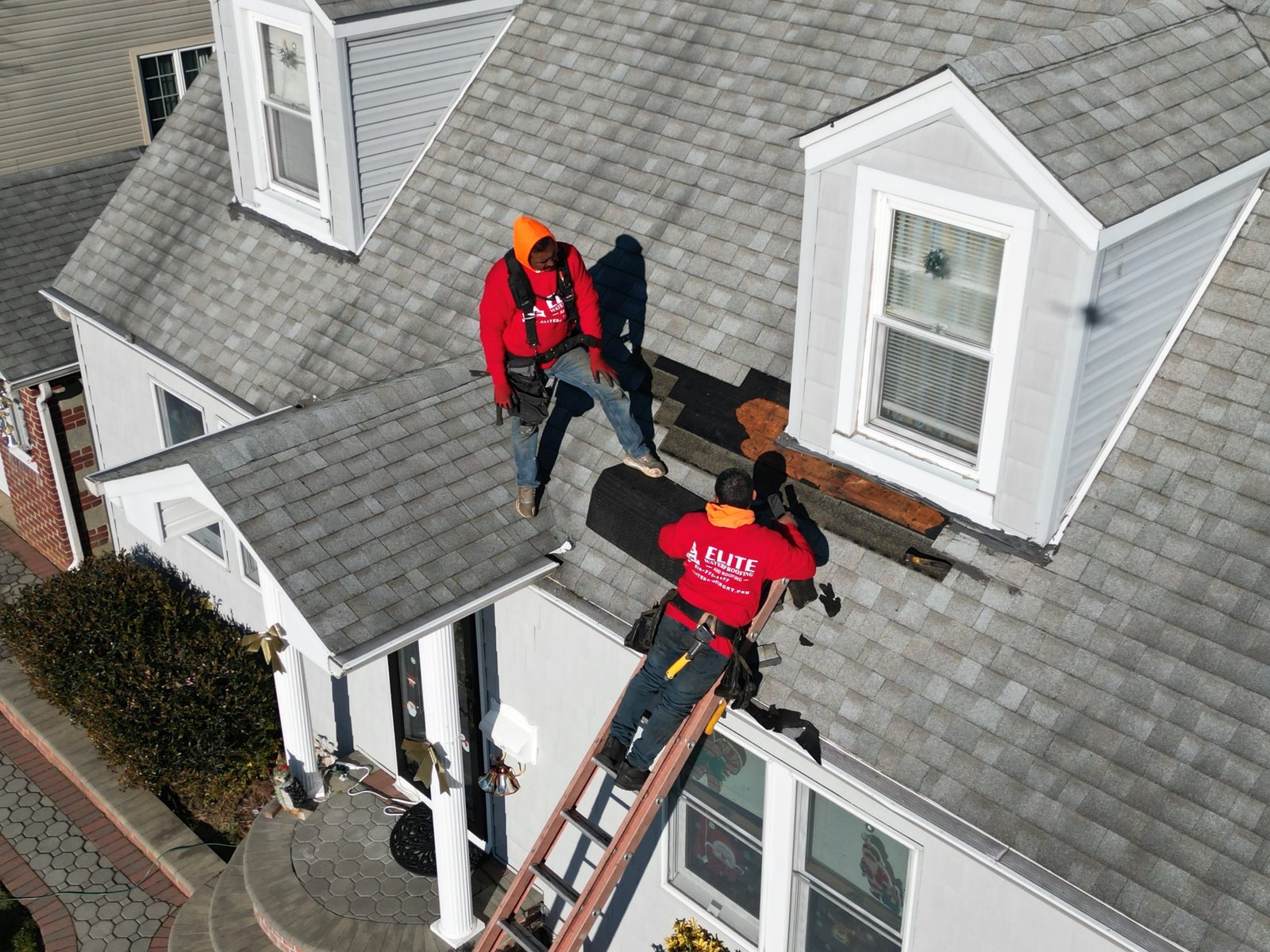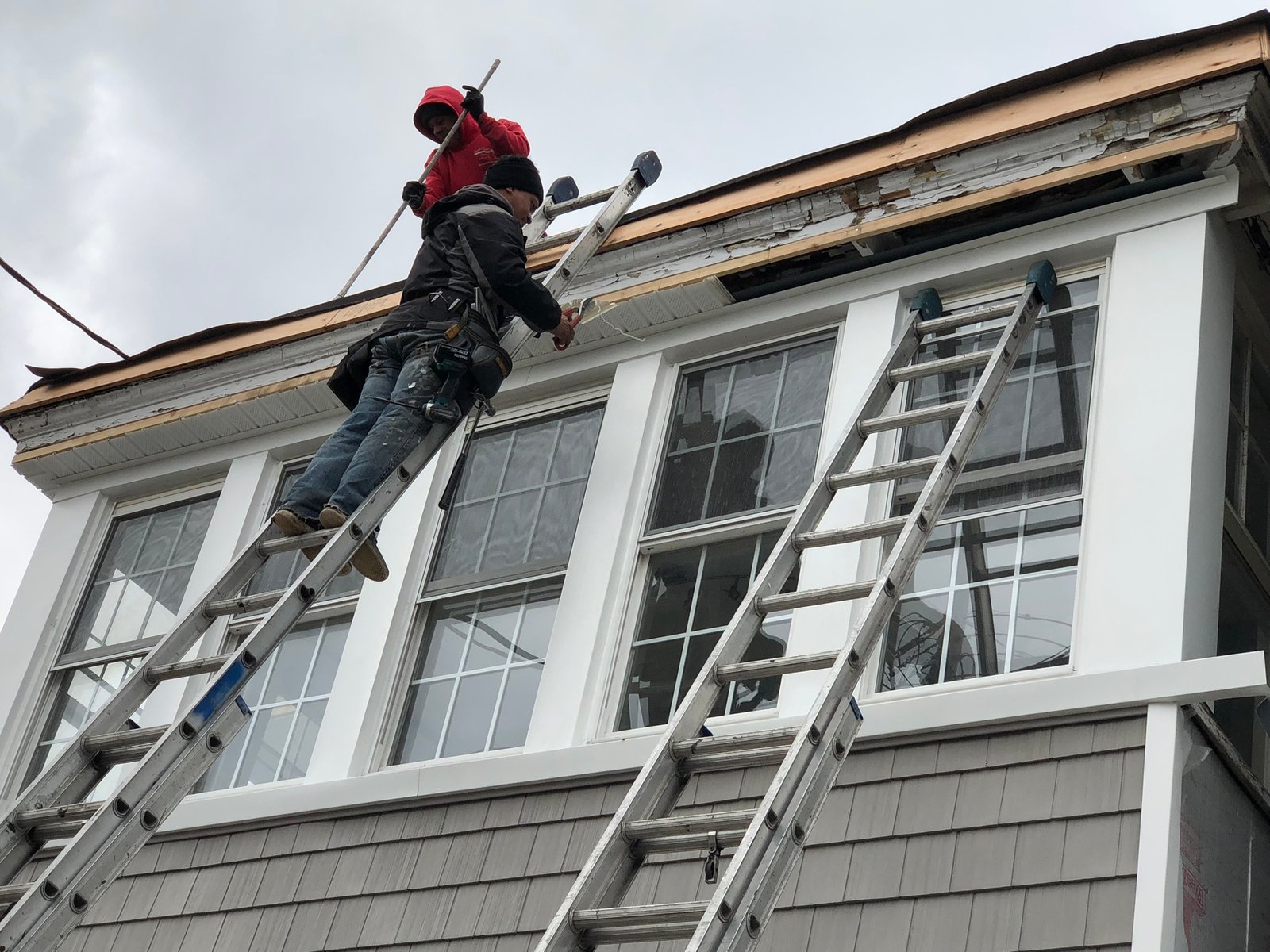Addressing the concern of a sagging roof is paramount, as it jeopardizes the stability of a building and presents safety hazards. When a roof exhibits noticeable dips or slopes, it signifies an issue with its foundational support, necessitating the expertise of a professional roofer for effective repairs. In this piece, we delve into the common causes of roof sagging, underscore its potential risks, and explore viable repair solutions.
Causes of Roof Sagging
- Subpar Construction: Flawed structural design or shoddy workmanship during the initial building phase can lead to roof sagging over time.
- Excessive Roof Load: The accumulation of heavy materials, like multiple layers of shingles, improper insulation, or excessive snow buildup, exerts undue pressure on the roof, prompting it to sag.
- Aging and Wear: As roofs naturally age, materials weaken, contributing to sagging.
- Water Damage: Prolonged exposure to water from leaks, poor drainage, or inadequate ventilation weakens the roof’s structure, resulting in sagging.
- Insufficient Support: Inadequate or deteriorated support beams, trusses, or joists can cause roof sagging.
Risks of Roof Sagging
- Structural Compromise: Roof sagging compromises the building’s structural integrity, potentially impacting other areas and causing further harm.
- Water Infiltration: Sagging areas become points of water accumulation, escalating the risk of leaks and interior water damage.
- Safety Perils: Severely sagging roofs pose collapse hazards, endangering occupants.
Repairing Roof Sagging
- Professional Assessment: Seek a qualified roofing contractor to inspect and diagnose the sagging’s extent and cause, offering suitable repair strategies.
- Reinforce Support: Strengthen the support system by replacing or reinforcing damaged or inadequate beams, trusses, or joists.
- Address Water Issues: Identify and rectify water-related problems, such as leaks or poor ventilation, to prevent further structural weakening.
- Load Reduction: Mitigate excessive roof load by removing layers of shingles, enhancing insulation, or managing snow buildup.
- Temporary Support: In severe cases, install temporary support structures to alleviate weight while permanent repairs are underway.
- Roof Replacement: In extensive or irreparable sagging instances, consider roof replacement for a secure structure.
Conclusion
Regular maintenance and inspections are crucial for early problem detection and resolution, ensuring a stable and safe roof for years ahead.






